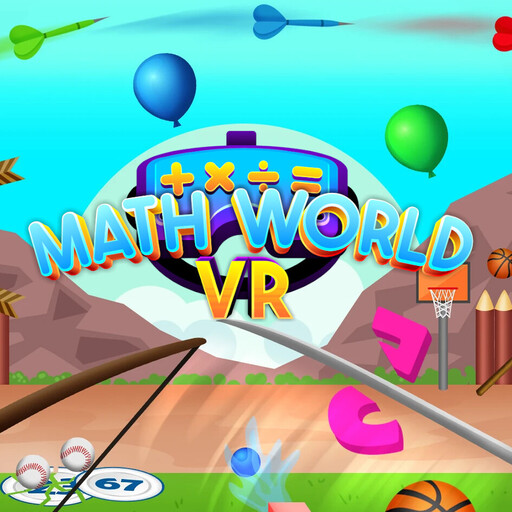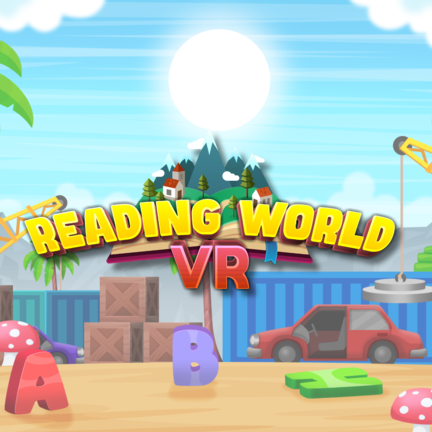Education is rapidly evolving, with cross-platform educational games at the forefront of this transformation. These games blend learning with entertainment, creating an engaging and interactive educational experience accessible across various devices. This blog delves into the potential, challenges, and future of cross-platform educational games, highlighting their role in modern education.
The Rise of Edutainment
Edutainment combines education with entertainment, offering an appealing learning method. Cross-platform educational games are a prime example, providing accessible learning experiences on PCs, tablets, and smartphones. This approach marks a shift from traditional, passive learning methods to more engaging, interactive techniques.
Changing Educational Paradigms
Traditional education often focuses on rote learning. (A memorization technique based on repetition) In contrast, cross-platform educational games encourage active learning, critical thinking, and problem-solving. This shift is pivotal, changing not just the tools but the very approach to teaching and learning.
The Evolution of Technology in Education
The integration of technology in education has seen a remarkable evolution, transitioning from basic computer-based lessons to sophisticated, interactive gaming experiences. This progression is not merely a change in tools but a fundamental shift in how education is delivered and experienced, catering to the evolving needs and preferences of learners in a digital age.
Interactive Learning Environments
Modern educational games have revolutionized learning environments, making them more dynamic and interactive. These environments are designed to engage students in a way traditional methods often cannot. They offer simulations, real-world problem-solving scenarios, and interactive storytelling, which make learning more relatable and enjoyable. This shift towards interactive learning helps in catering to different learning styles, whether visual, auditory, or kinesthetic, ensuring a more inclusive and effective educational experience.
Personalization through Adaptive Learning
Adaptive learning technologies embedded in these games allow for a highly personalized learning experience. The software adjusts the difficulty level and presents new challenges based on the learner’s performance, ensuring that each student progresses at their own pace. This personalization addresses the unique needs of each learner, making education more effective and reducing the one-size-fits-all approach of traditional education.
The Role of Artificial Intelligence
Artificial Intelligence (AI) plays a pivotal role in the evolution of educational technology. In educational games, AI algorithms analyze student responses and learning patterns to provide customized feedback and adapt the learning path. This immediate feedback is crucial for learning, as it helps students understand concepts and correct mistakes in real-time. AI also enables the creation of intelligent tutoring systems, which act as personalized tutors, providing individualized attention and support to learners.
Enhanced Collaboration and Social Learning
Technology has also fostered collaboration and social learning. Many educational games now include features for multiplayer interactions, discussion forums, and collaborative problem-solving tasks. This not only makes learning more engaging but also helps in developing social and communication skills among learners.
Preparing for a Digital Future
The evolution of technology in education is not just about enhancing learning experiences; it’s also about preparing students for a digital future. By integrating technology into education, we equip learners with the digital literacy and tech-savviness required in the modern world. This preparation is crucial, as digital competence is increasingly becoming a necessity in various career paths.

The Benefits of Cross-Platform Educational Games
Cross-platform educational games are revolutionizing the educational landscape, offering a myriad of benefits that cater to the diverse needs of learners in the digital age.
Enhanced Learning Engagement
One of the most significant advantages of these games is their ability to captivate learners’ attention. By integrating game mechanics into educational content, students find themselves more engaged and motivated. This heightened engagement is crucial in an era where traditional teaching methods often fail to hold students’ interest.
Accessibility Across Platforms
The cross-platform nature of these games ensures that learning is not confined to the classroom. Whether on a PC, tablet, or smartphone, these games provide consistent learning experiences, making education more flexible and accessible to students from various backgrounds.
Encouraging Critical Thinking and Problem-Solving
Beyond academic knowledge, cross-platform educational games excel in teaching critical thinking and problem-solving skills. Through interactive challenges and real-time problem-solving scenarios, students develop these essential skills in a context that feels natural and engaging.
Bridging the Digital Divide
In an increasingly digital world, these games play a crucial role in bridging the digital divide. They provide students with essential digital literacy skills, preparing them for the future workforce and ensuring they are not left behind in the digital era.
Future Trends in Cross-Platform Educational Games
The trajectory of cross-platform educational games is not just defined by technological advancements but also by how these technologies are integrated into educational systems, shaping the future of learning.
Gamification in Curriculum
The integration of gamification into educational curricula is expected to become more systematic and widespread. This trend goes beyond adding game elements to learning; it involves rethinking curriculum design to incorporate game-based learning strategies at its core. This approach can transform traditional learning models, making them more engaging and effective. Gamification can lead to increased student motivation, as game elements like points, badges, and leaderboards tap into the competitive spirit, while also providing a sense of achievement and progress.
Collaborative and Social Learning
Future educational games are poised to place greater emphasis on collaborative and social learning aspects. These games will likely feature more multiplayer formats, where students can work together to solve problems, complete projects, or engage in competitive learning activities. This collaborative approach not only enhances learning outcomes but also fosters essential skills like teamwork, communication, and empathy. Additionally, social learning features, such as forums and chat functions, will facilitate peer-to-peer interaction and knowledge sharing, even in remote or hybrid learning environments.
Continuous Innovation: VR, AR, and AI
The field of educational gaming is set to continually innovate, particularly with technologies like Virtual Reality (VR), Augmented Reality (AR), and Artificial Intelligence (AI). VR and AR can create immersive and interactive learning experiences that are impossible in a traditional classroom setting. These technologies can transport students to different historical periods, distant planets, or microscopic worlds, offering unparalleled experiential learning opportunities. AI’s role in educational games is also expanding, with adaptive learning algorithms providing personalized learning experiences and predictive analytics to help educators identify and address learning gaps.
Embracing Diverse Learning Needs
Future educational games will increasingly focus on inclusivity, catering to diverse learning needs and styles. This means developing games that are accessible to students with disabilities and those from different cultural and linguistic backgrounds. The aim is to create an equitable learning environment where every student has the tools and opportunities to succeed.
Integration with Formal Education Systems
A significant trend will be the deeper integration of these games into formal education systems. This integration involves aligning game-based learning with educational standards and curricula, ensuring that the skills and knowledge gained through games are recognized and valued in the educational framework. This alignment will also involve training educators to effectively incorporate and leverage these games in their teaching methodologies.

The Role of Virtual Reality in Educational Games
Virtual Reality (VR) is set to play a transformative role in the future of cross-platform educational games, offering immersive and interactive learning experiences that were previously unimaginable.
Immersive Learning Environments
VR technology creates fully immersive environments that can transport students to different times, places, and settings. This immersion allows for experiential learning, where students can interact with their surroundings in a way that deepens their understanding and retention of information.
Enhancing Science and History Education
In subjects like math, science, and history, VR can be beneficial. Students can virtually visit historical sites, explore the human body in 3D, or conduct complex scientific experiments in a safe, controlled virtual environment. This hands on approach makes learning more tangible and memorable.
Overcoming Physical Limitations
VR in educational games can transcend physical limitations. Students with mobility issues or those in remote areas can participate in field trips and interactive experiences they otherwise might not have access to. This inclusivity is a significant step forward in making education equitable.
Challenges and Opportunities
While VR offers immense potential, it also comes with challenges such as the need for specialized equipment and ensuring content quality. However, as technology advances and becomes more accessible, VR is poised to become a staple in educational gaming, offering experiences that are as enriching as they are revolutionary.
Conclusion
As we navigate through the evolving landscape of education, cross-platform educational games stand out as a beacon of innovation, reshaping how we perceive and engage with learning. These games have transcended traditional educational boundaries, offering an interactive, immersive, and inclusive approach to learning that resonates with the digital generation.
The journey from basic computer-based lessons to advanced, interactive gaming experiences marks a significant shift in educational paradigms. It reflects a deeper understanding of diverse learning needs and preferences, emphasizing the importance of personalization, engagement, and accessibility. The integration of technologies like AI, VR, and AR has not only enhanced the learning experience but also prepared students for a future where digital literacy is paramount.
In conclusion, the future of cross-platform educational games is bright and promising. As these games become more integrated into our educational systems, they hold the potential to transform learning into an experience that is engaging, personalized, and reflective of the needs of the 21st-century learner.








